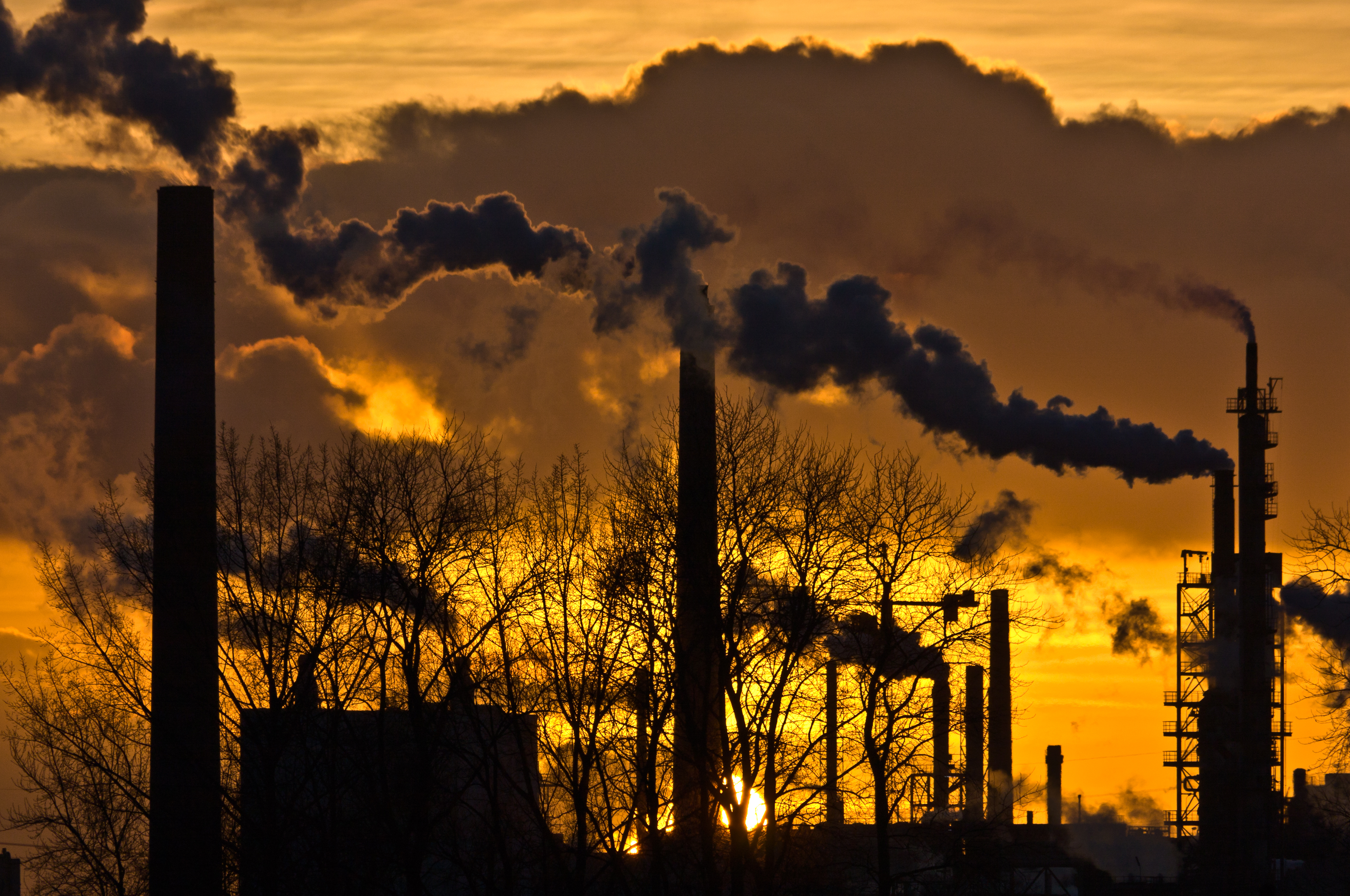Worldwide boom in coal slows down

The global boom in coal plants has cooled down, according to a new report.
For every new coal plant built around the world, two have been shelved or cancelled since 2010, the ‘Boom and Bust’ analysis by Sierra Club and CoalSwarm has found.
The analysis of the coal pipeline since 2010 shows this already happening in the US and Europe, and is initiating in China, where demand for power from coal is leveling off, as a peak in coal consumption seems increasingly likely.
This comes as the IEA reported last week that global carbon emissions per unit of GDP did not rise in 2014 amid efforts to tackle climate change. This is the first year it has happened without an economic crisis.
Read more:
- Comment: New coal power plants in China – a (carbon) bubble waiting to burst
- Adani’s Galilee coal project struggling to get financial support amid reef fears
- Air pollution increases risk of premature death in Chinese cities
- 50 European coal plants could have worse health impacts than the Italian plant closed as part of a manslaughter investigation
The shift towards plants being cancelled or shelved relative to plants being built worldwide is happening much faster than expected, especially in the past couple of years, according to the authors of the new report.

Between 2003 to 2014 the amount of coal-fired plants retired in the US and the EU was 22% greater than new builds that have come online, the report states.
Meanwhile in China, coal use dropped in 2014 for the first time in 14 years, while during that time period the economy grew by 7.3%. China is shifting the emphasis of its energy policy from coal to renewables.
Coal gobbles up carbon budget in two-degree world
A recent paper published in Nature showed that in order to prevent climate change of more two degrees over pre-industrial levels – the internationally-recognised threshold over which catastrophic consequences are likely to happen – 82% of coal reserves must be left underground.
The report warns that the global trend of coal capacity coming offline faster than it comes online needs to speed up, though, if the world is to avoid the growing risk posed by climate change.
Ahead of the COP21 climate negotiations in Paris this December The Sierra Club and CoalSwarm argue that new and existing coal plants should be phased out and countries must commit to ending subsidies for coal.

Even if the trend of two coal plants stopped for every one plant built continues, the report states, the remaining plants will account for nearly all of the greenhouse gases that can be emitted before climate change exceeds the 2°C threshold. This is because coal is the highest CO2- emitting fossil fuel.
Coal investments risky gamble
Potentially, coal swallowing up the majority of the global carbon budget if we are to stay in a two-degree world could be a signal of risk to investors – as it would allow very little room for burning gas and oil, which is unlikely.
Research from Carbon Tracker Initiative (CTI) last year highlighted major financial risks for investors in coal producers around the world, with $112 billion worth of investments in future coal mine expansion and development that isn’t needed.
“This fundamental contradiction means investors must assess their exposure to coal plants that are most at risk of becoming stranded in a carbon-constrained world, and steer clear of funding any new coal plants altogether,” said Luke Sussams, senior researcher at the CTI.
“Because these projects require large capital outlays, they’re vulnerable to rising perceptions of risk,” said Ted Nace, the executive director of CoalSwarm.

